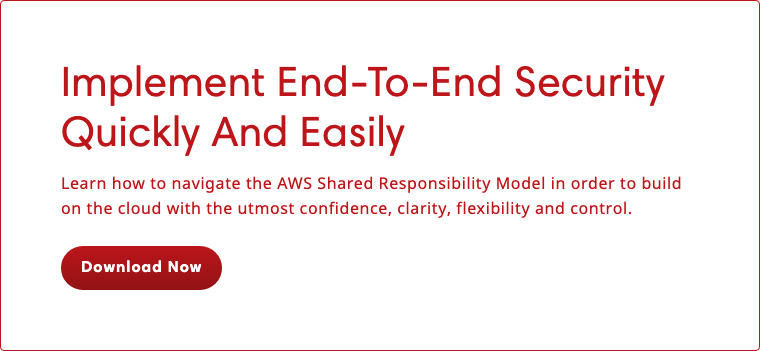Blog
Container Usage: Have You Thought About Your Container Security Strategy?
Prior to 2020, most organizations listed digital transformation as one of their most important strategic initiatives. But in the wake of the global pandemic, digital transformation went from being an organizational goal to an absolute necessity. Furthermore, cloud transformation and implementation were at the top of the list of many organizations’ 2020 digital transformation goals.
Last year was a big year for cloud transformation, as companies across industries turned to cloud services to streamline business operations. In a recent survey conducted by Cloud Native Computing Foundation (CNCF), 92% of organizations admitted to using cloud containers in 2020. That’s an 8% increase from 2019 and a staggering 300% increase from a similar survey conducted in 2016.
One of the biggest challenges with deploying new technology is upgrading the cybersecurity plan. As companies upgrade their IT infrastructure, it’s imperative to develop a cybersecurity strategy that supports their transformation. With container adoption now a top priority for many organizations, the need for effective container security is greater than ever.
The Importance of Container Security
According to a recent analysis published by Prevasio, 51% of the publicly available images on Docker Hub had critical vulnerabilities stemming from outdated software. Of the 4 million images evaluated, approximately 6,500 of them had malware like:
- Cryptominers
- Windows malware
- Malicious JavaScript code
- Other hacking tools
Only 20% of the 4 million images tested were completely free of vulnerabilities.
Kubernetes clusters were found to be similarly vulnerable due to a misconfiguration of a legitimate visualization and monitoring tool known as Weave Scope. Hackers were using a security vulnerability in Weave Scope to gain backdoor access into Kubernetes clusters. From there, malicious parties can:
- Monitor system information
- Install applications
- Misappropriate compute resources
- Manage shells in containers
Both recent vulnerabilities highlight a growing and urgent need for container security.

How to Keep Your Containers Protected
So, how do you ensure your company’s containers are protected from attacks?
Understand that there is a need for cloud security
The first step is recognizing the importance of container security. While there’s an increasing reliance on container deployment, many companies simply aren’t aware of the importance of container security and fail to incorporate containers into their overarching cybersecurity strategy. This leaves them vulnerable to future attacks.
Use a security solution built for cloud services
Enhanced visibility is an important part of any good container security strategy. Security experts need to see what’s occurring within your containerized applications, so they can quickly identify and remedy threat vectors before an attack commences.
As such, an effective container security strategy should include a security solution designed specifically for cloud services. Some core cloud security features to look for include:
- Network monitoring
- Log collection
- Build and runtime scanning
- Conducting access privilege audits
Constantly update your cybersecurity strategy
Cybersecurity is often described as an arms race between security experts and hackers. Any time new technology is deployed, malicious parties look for any vulnerability they can exploit. Meanwhile, the cybersecurity industry is tasked with addressing those exploits, in addition to anticipating and preventing future vulnerabilities.
And cloud services aren’t any different. There will always be security vulnerabilities to exploit, which is why it’s critical to keep your security strategy aligned with your IT infrastructure.
This means incorporating container security into your existing strategy. You can do this by:
- Becoming better acquainted with Docker and Kubernetes-related security features
- Making your security initiatives as transparent as possible
- Streamlining collaboration between security teams and developers to minimize threats in the production system
Remember, the best time to create a container security strategy is when you initially adopt containers. The next best time is right now.
Get the Container Security Your Company Deserves
Containers play an important role in today’s technological landscape. They enable companies to deploy applications quickly, safely, and effectively –– then scale those applications to accommodate customer demand.
That’s why approximately 75% of organizations using containers saw their deployment time drop. But the only way you’ll get the most out of container services is by developing an ironclad counter security strategy.
That’s where Mission MDR comes in.With Mission MDR, Mission’s AWS-certified security advisors leverage Alert Logic’s purpose built technology, empowering customers to resolve whatever threats may come.
Want to learn more about container security and why it’s critical to your company’s long-term survival? Download this eBook titled “Modernize Today with Containers on AWS.”
Author Spotlight:
Dan Pitman
Keep Up To Date With AWS News
Stay up to date with the latest AWS services, latest architecture, cloud-native solutions and more.

